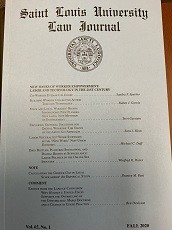WF Baldwin

Extract
I support Dr. Roseborough’s stand that most therapeutic abortions are essential, remedial and generally humane (Can Med Assoc J 111: 645, 1974) and I see no advantage in debating the issue further. . . . It has been my experience that sympathetic counselling combined with a few days’ delay results in a certain number of unwise or unwanted terminations being avoided. I do not deny (or mind) that some patients suffer anxiety from delay, but if termination of pregnancy in ambivalent patients is avoided, I believe the checks are valuable. . .My personal approach is that we must return to some form of sensible and responsible morality. Sex has now become one of the most discussed subjects of modern times. The Victorians pretended it did not exist at all, whereas the so-called moderns pretend nothing else exists. We have discarded the first attitude as being unrealistic and it is now time that we discarded the second.
Baldwin W. (Correspondence) Therapeutic abortion. Can Med Assoc J. 1974;111(12):1299, 1301.

